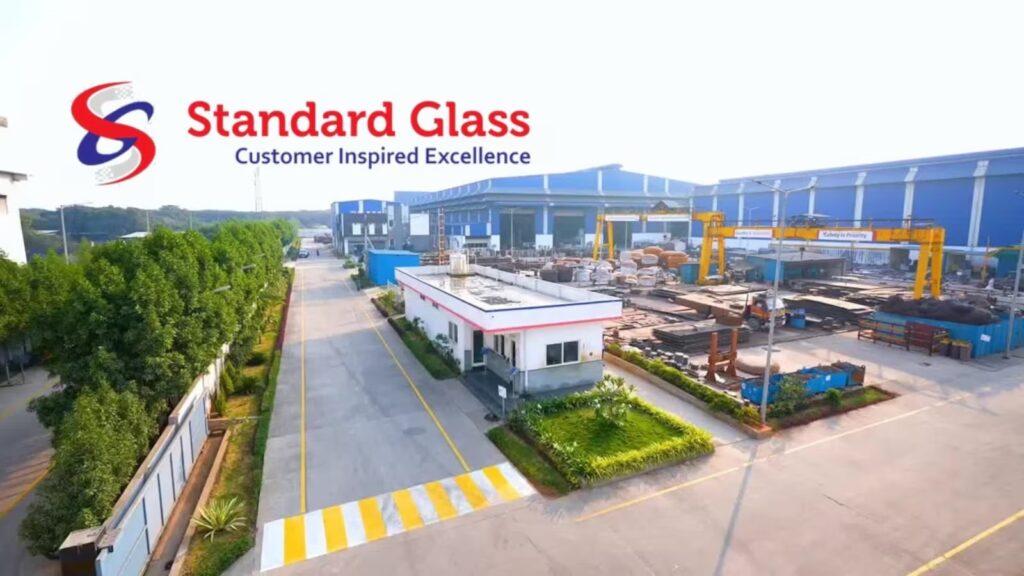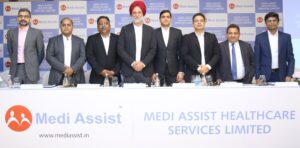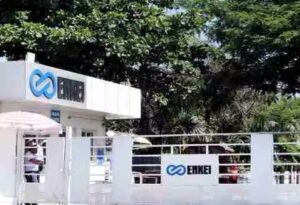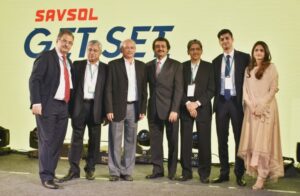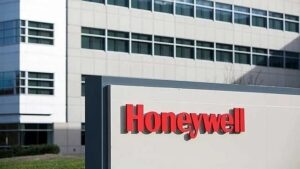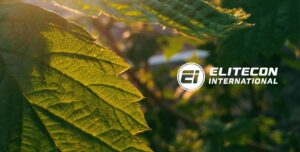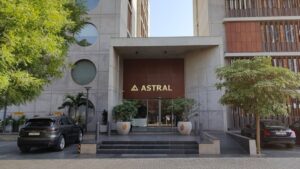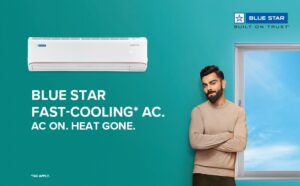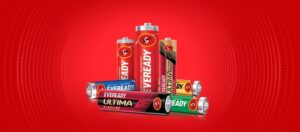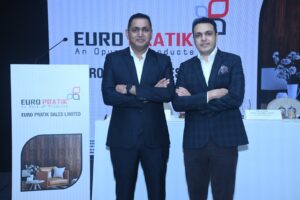1. At a Glance
Let’s begin with the latest spicy number plate —₹3,554 crore market cap,₹178 per share, and aP/E of 90.6xthat screams: “I’m not a chemical equipment maker, I’m a lifestyle choice.” Standard Glass Lining Technology Ltd (SGLTL) has quietly gone from a niche pharma-equipment vendor to one of the most overbooked IPO darlings of 2025.
The company just announced itsH1FY26 results: revenue of₹366 croreandPAT of ₹42 crore, plus two fresh acquisitions —Scigenics (India)for ₹9 crore and a51% stake in C2C Engineeringfor ₹12.24 crore. That’s not all — it even set up awholly owned US subsidiaryin South Carolina this year. Clearly, while the pharma industry fights for margins, this equipment manufacturer is out buying businesses like Diwali sweets.
Quarterly sales came in at₹52.65 crore, down11.6% QoQ, but net profit jumped8.6%. Return ratios? ROCE at8.44%and ROE at6.16%— not sexy, but hey, when you have global ambitions and a glass reactor in every lab, maybe that’s forgivable.
But here’s the catch — the company’sEV/EBITDA is 56.4x. That’s so high, even Tesla’s valuation ghost took a step back.
Buckle up — this ride involves reactors, dryers, filters, Japan tie-ups, and a touch of IPO-induced adrenaline.
2. Introduction
In 2012, while most startups were busy coding food delivery apps, Standard Glass decided to manufacture the stuff that helps make the food chemicals. Headquartered in Telangana, it’s now theengineering backbone for India’s pharma and chemical giants, making the reactors, dryers, and tanks that actually cook the molecules.
Fast forward to 2025 — the company raised₹410 crore via IPO, debuted onJanuary 13, 2025, and immediately joined the “new-age smallcap superstar” club. Its stock shot up like a heat exchanger on overdrive. And why not? With marquee clients likeAurobindo Pharma, Laurus Labs, Natco Pharma, and Piramal Pharma, the order book looks healthier than a multivitamin ad.
What makes SGLTL special is that it doesn’t just sell machinery — it sells “peace of mind in a steel and glass jacket.” Whether it’s glass-lined reactors, ANFDs, PTFE-lined pipes, or turnkey plant solutions, the company manufactures the stuff that pharma factories dream of.
But behind the industrial glamour, there’s a story oftight working capital,ballooning inventory days, and avaluation that’s giving nosebleeds. Still, the company has managed to maintain a clean balance sheet, almost debt-free, while juggling expansion, acquisitions, and international forays.
And now, with new US and Japanese partnerships in place, Standard Glass wants to go global. The question is — can it handle the heat without cracking the glass?
3. Business Model – WTF Do They Even Do?
Imagine you’re a pharma company wanting to make life-saving drugs. Before you mix your first chemical, you’ll need tanks, dryers, and reactors. Enter Standard Glass — the company that gives you everything from reactors to reality checks.
Their business runs acrossfive main product verticals:
- Reaction Systems– The heart of the process. These are the vessels where the chemistry happens. Their lineup includesglass-lined reactors,stainless steel reactors, and evennickel alloy-based reactorsfor the heavy-duty clients who like things shiny and expensive.
- Storage, Separation & Drying Systems– Fancy words for tanks, dryers, and filters. ThinkAgitated Nutsche Filter
- Dryers (ANFDs)andRotary Cone Vacuum Dryers (RCVDs)— the Ferraris of material separation.
- PTFE-Lined Pipes and Fittings– These beauties handle corrosive chemicals without turning into rust sculptures.
- Plant Engineering & Turnkey Services– You say “we want a plant,” they say “we’ll design, build, install, and even Instagram it for you.”
- Heat Exchangers & Columns– Used in distillation and drying. If chemical plants had a cooling system, this is it.
Witheight units across Telanganaspread over~400,000 sq. ft, they produce300–350 equipment units a month, including100 reactorsand9,000 PTFE-lined fittings. That’s like making a mini-pharma plant every week.
So yes, while others code AI models, Standard Glass literally builds the hardware that makes modern pharma work.
4. Financials Overview
Quarterly Financial Snapshot (Standalone in ₹ crore)
| Metric | Q2FY26 (Sep’25) | Q2FY25 (Sep’24) | Q1FY26 (Jun’25) | YoY % | QoQ % |
|---|---|---|---|---|---|
| Revenue | 52.65 | 59.59 | 67.38 | -11.6% | -21.9% |
| EBITDA | 6.06 | 8.82 | 13.72 | -31.3% | -55.8% |
| PAT | 8.69 | 8.00 | 14.76 | +8.6% | -41.1% |
| EPS (₹) | 0.44 | 0.44 | 0.74 | 0% | -40.5% |
Now, here’s the hilarious part: whilerevenue dipped,profit still rose YoY— thanks toOther Incomeof ₹7.72 crore (the corporate equivalent of “side hustle money”).
Annualised EPS stands at₹1.76, implying a P/E of nearly101xat ₹178/share — that’s not a valuation, that’s optimism on steroids.
5. Valuation Discussion – The Fair Value Range
Let’s crunch this politely inflated machinery:
P/E MethodAnnualised EPS = ₹1.76Industry P/E = 35.6xSo fair value = ₹1.76 × (35–40x) = ₹61–₹70 range
EV/EBITDA MethodFY25 EBITDA = ₹30 crore; EV = ₹3,473 crore → EV/EBITDA = 115xEven if normalized to 25x (peer average), fair EV = 25 × ₹30 = ₹750 crore → Fair share value ~₹38–₹45
DCF (Discounted Cash Flow)Assuming 25% profit CAGR (optimistic) over 5 years, discount rate 12%, terminal growth 4%, fair range ₹85–₹105
🎯Fair Value Range (Educational Estimate): ₹60 – ₹105 per share
Disclaimer: This fair value range is for educational purposes only and not investment advice.
